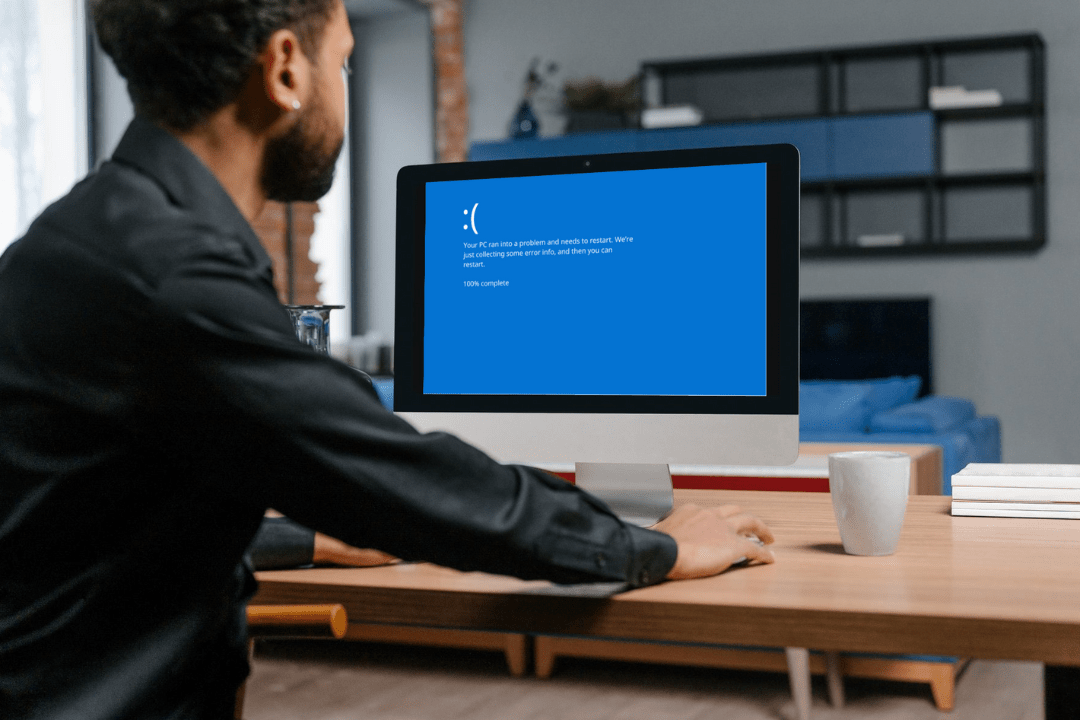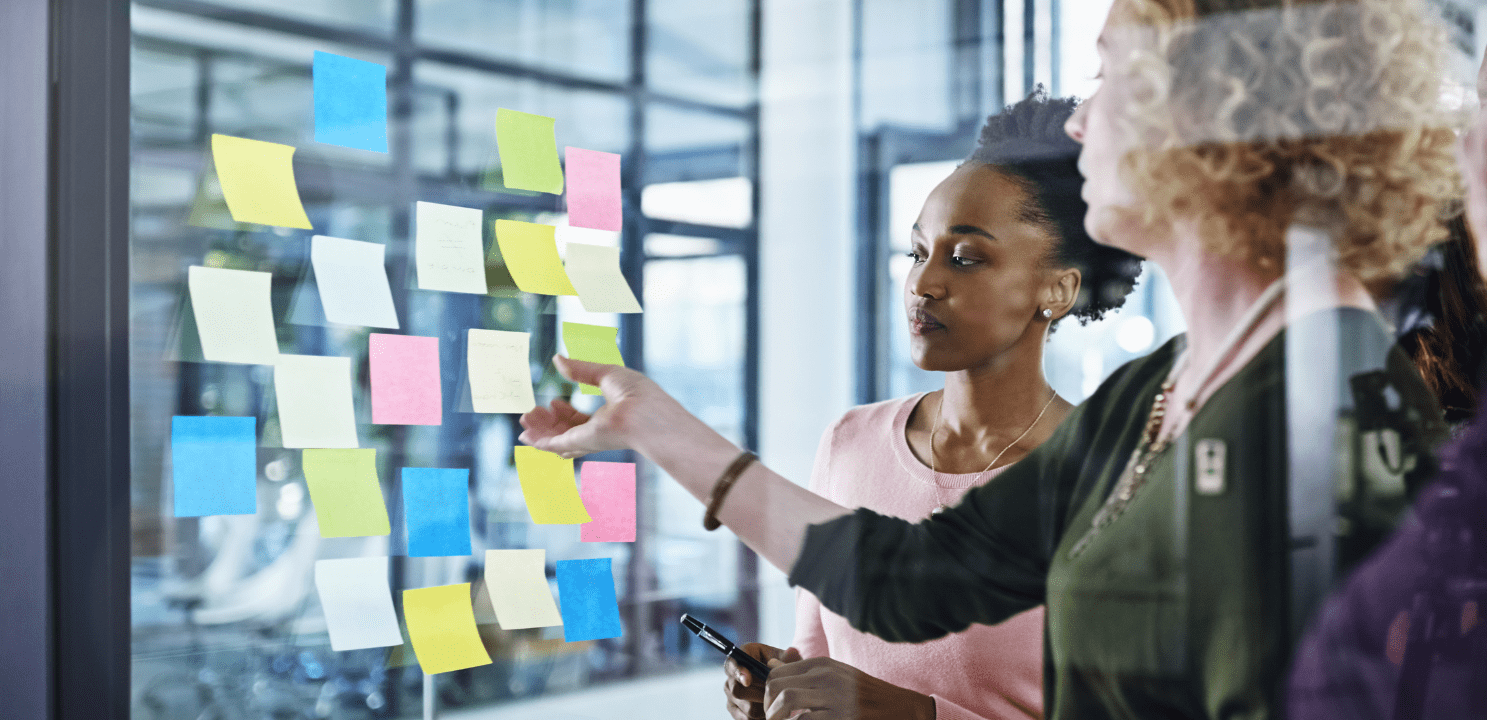Authentication, the process of confirming identities, lies at the core of cybersecurity. However, when this critical system falters, it opens the door to a significant threat – broken authentication.
Authentication is the act of validating or confirming that someone is who they say they are. In terms of security and your computer systems, you want to know that the person accessing your system is your employee, now and in ten minutes or an hour’s time.
Broken authentication occurs when the mechanisms responsible for validating users and managing sessions are flawed.
What is broken authentication?
Authentication and session management functions within applications are frequently executed with errors, creating opportunities for attackers to compromise passwords, keys, or session tokens. These flaws may also be exploited to assume the identities of other users either temporarily or permanently due to implementation vulnerabilities.
There are two primary scenarios under the umbrella of broken authentication. First, a hacker exploits a genuine username and password, often obtained from a data breach elsewhere, to gain unauthorized access to your system. Second, an attacker seizes control of an authenticated user’s session within your system.
In both cases, the consequences can be severe, ranging from exposure of sensitive data to potential blackmail or fraud.
Dangers of Broken Authentication
There are a numbers of different ways that broekn authentication vulnerabilities can manifest themselves:
- Credential stuffing: The attacker uses an automated program and a list of known passwords to see if any work on your network, system, or website
- Hijacked session ID: A web session is everything that occurs from the moment you or your employee visit a website or access an application. The website issues a session ID to you, even before you login. You then close the browser without logging out. Now, the hijacker can open the browser and continue using the now authenticated session ID.
- Cross-Site Request Forgery (CSRF): Malicious actors trick authenticated users into unknowingly performing actions on websites.
- Insecure Direct Object References (IDOR): Attackers access unauthorised data by manipulating user inputs or URLs.
Identifying Broken Authentication Attacks
Vulnerabilities often exist due to broken access control and poor session management. If your system does not recognise that an attacker is attempting numerous logins or if automatic session timeouts are too long, your business is at risk.
By using strategies to recognise potential attacks as quickly as possible, you can minimise the damage the vulnerability can cause to your organisation.
Key strategies to identify broken authentication attacks:
- Monitoring Login Attempts: Detect patterns of repeated login failures, indicative of potential brute-force attacks.
- Reviewing Session Timeout Configurations: Ensure timely session timeouts to prevent prolonged exposure of authenticated sessions.
- Implementing Multi-Factor Authentication (MFA): Enhance security by requiring users to authenticate through multiple verification methods.
Of course, prevention is always better than a cure. And the same goes for cybersecurity. OmniCyber Security’s world-class team can carry out penetration testing on your network to check for all vulnerabilities such as SQL injection and sensitive data exposure to protect your applications, customers, clients, partners and your entire company operations & reputation. With Omni, you can fix broken authentication vulnerabilities before attackers can use them to access your organisation.
Schedule Penetration Testing Today
To fortify your systems against broken authentication, schedule penetration testing with OmniCyber Security. Our experts will meticulously evaluate your network, identify vulnerabilities, and provide strategic recommendations. Initiate your cybersecurity fortification – contact Omni today.




